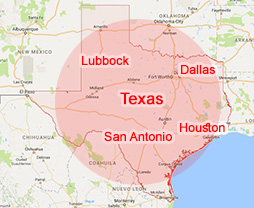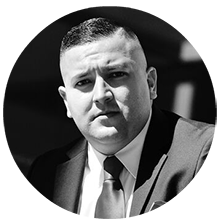Field Testing Drug Evidence (Continued)
Other than a residue case, cops should do a test on any of the drugs that are going to be used as evidence if it’s linked to somebody that’s been arrested. If it’s a really small amount of drugs, there should be a residue test instead. If this happens, all of the evidence needs to go to the lab. If a cop needs to double check what amount makes it residue, there should be a sample in the property room.
If drugs have been taken by a cop, but nobody is being arrested because of it, (if it’s found and abandoned and it’s not possible to find the owner), it should be brought to the property room, and the cop that found it needs to make sure the right people know to destroy it.
Cops will need to learn how to use a Reagent test kit. These kits can be used to detect cocaine, heroin, meth, MDMA/Ecstasy, and GHB. If it’s a drug other than these, the test will probably just be visual. The cops will learn what most other drugs look like in their training.
If it’s something like a pill, tablet, or a capsule, the Texas Poison Center should handle it. For all drugs, the place they were found and who found it should be taken. After the tests, a cop should take a photo of the test kit so it shows what the results were. Next, they’ll have to make a pretty detailed report on what the drug was, the kit they used, and if the kit didn’t give a real answer, the drug should be brought over to the lab.
After the whole test process, the kit should be put in one of the trash cans that are for the kits, but the actual drug evidence, of course, does not. Unless they need to in one of the situations talked about above, cops shouldn’t usually need an analysis of a drug. If there is a lab analysis, it’ll go to the narcotics detective after its analyzed.






